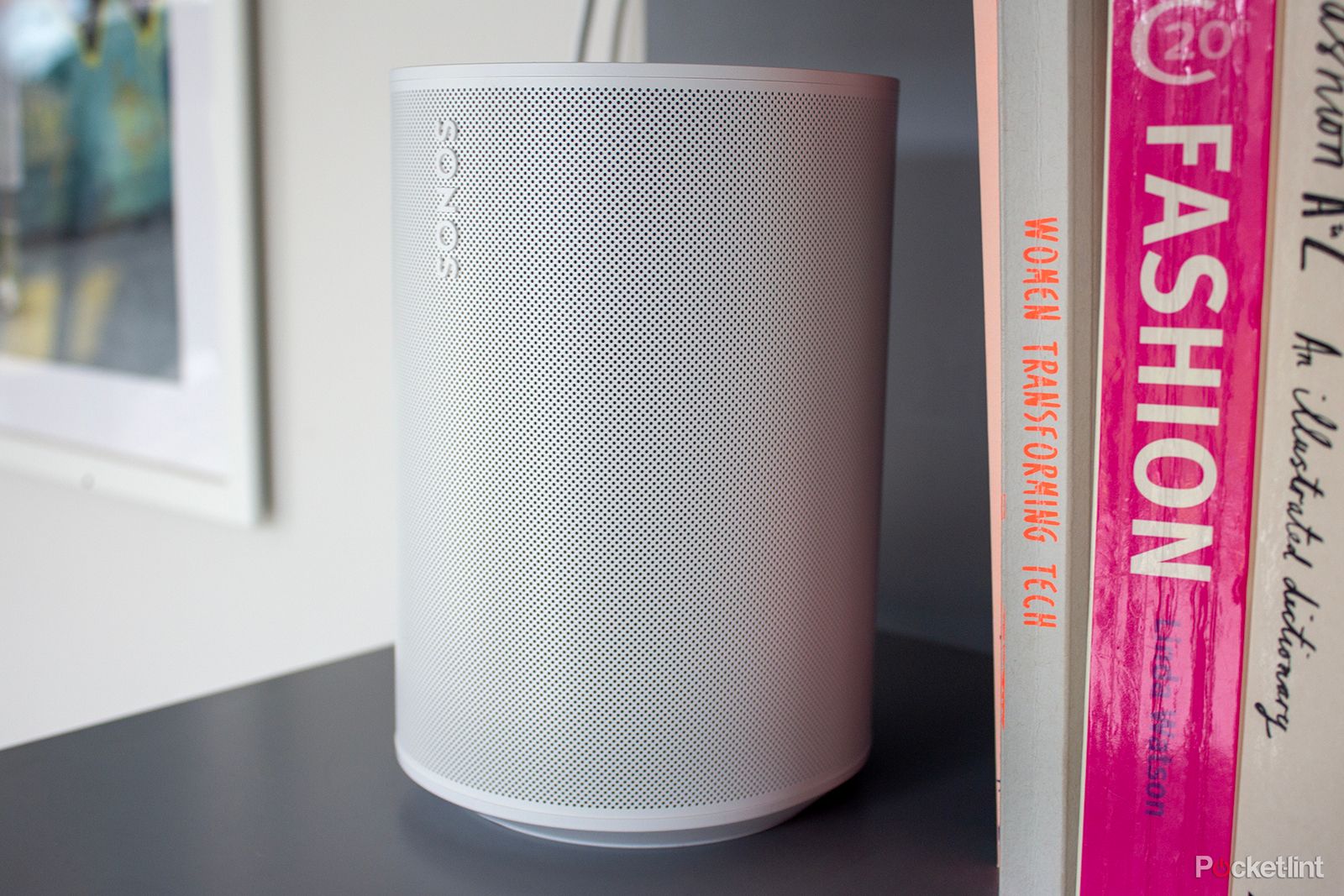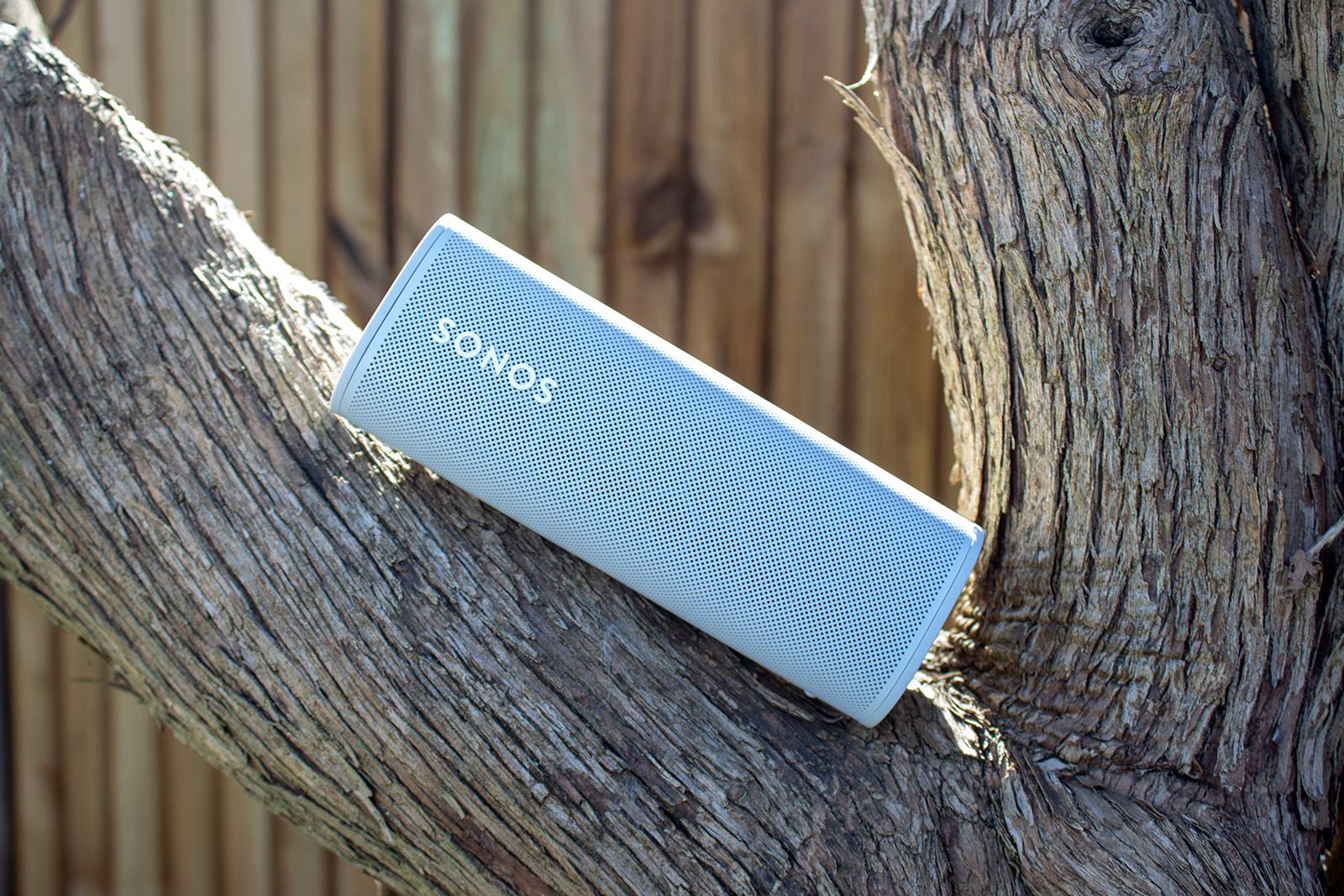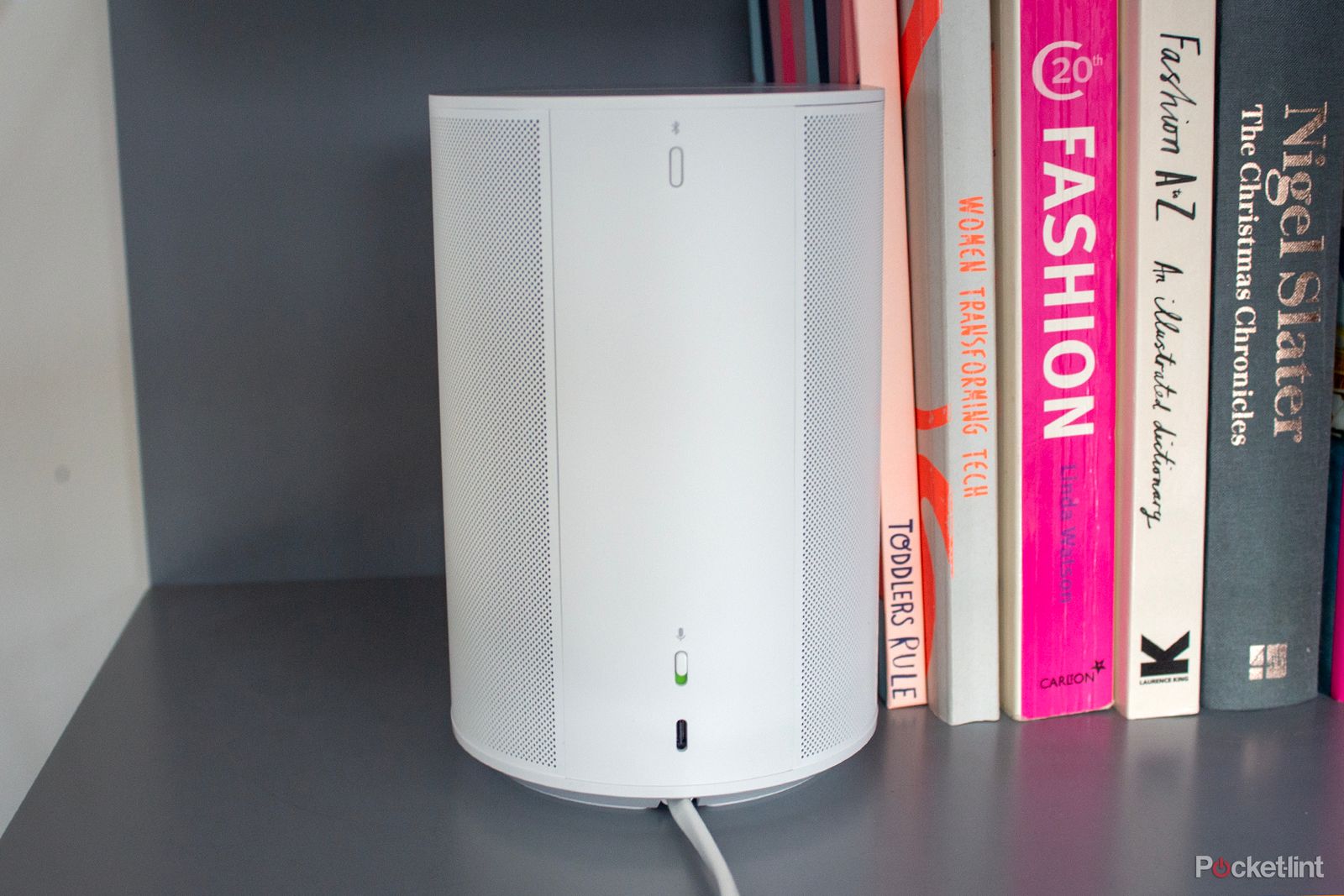-
Sonos / Pocket-lint
Sonos Era 100
Our top choice
The Sonos Era 100 is a new era – pun entirely intended – for Sonos speakers. It takes the company’s excellent entry-level speaker and gives it a make-over, both internally and externally. There is so much to love about it that we can definitely forgive Sonos for replacing the excellent One.
Pros- Lovely design
- Excellent performance
- Great features
Cons- More expensive than Sonos One
- No Google Assistant
- No spatial audio support
-
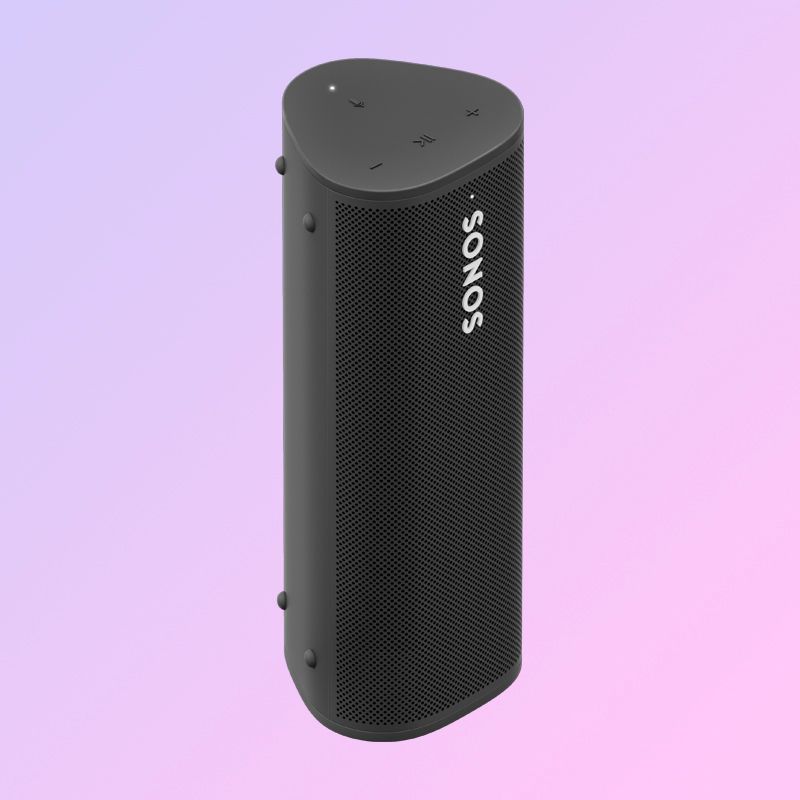
Sonos / Pocket-lint
Sonos Roam
Buy for portability
For those already invested in Sonos, this portable speaker is an absolute no-brainer addition to the family. It delivers all the convenience of a Bluetooth speaker, with the benefits of adding it back into a wider Sonos system when you’re at home. All that, and it sounds fantastic too.
Pros- Lightweight and very portable
- Excellent sound quality for this size
- Water-resistant design
Cons- Can’t use as surround speakers
- Battery life a little under claimed
- No accompanying case
Sonos announced the Era 100 and Era 300 to its portfolio of speakers at the beginning of 2023, with the Era 100 replacing the excellent Sonos One to mark itself as the latest entry point into the Sonos system of wired speakers.
If you’re in the market for a small Sonos speaker though, there is of course also the Sonos Roam and Roam SL to consider, which while smaller than the Era 100, offer portability and waterproofing, alongside decent sound for their size.
So which should you buy? We’ve detailed the differences between the Sonos Era 100, Sonos Roam and Roam SL in this feature to help you decide between them. We also have a feature comparing the Roam to the Sonos One and the Era 100 to the One if you want to make sure you’ve covered all bases before you make your decision.
Price, availability and specs
The Sonos Era 100 is more expensive than the Sonos Roam and Roam SL – around £100/$100 more. It comes in Black and White colour options like most Sonos devices and it costs $249 in the US and £249 in the UK.
The Sonos Roam meanwhile, is available in five colours comprising Shadow Black, Lunar White, Olive, Wave and Sunset. It costs $179 in the US and £179 in the UK so you save a little bit of money opting for the Roam over the Era 100. The Roam SL furthers this saving, costing $159 in the US and £159 in the UK, though it only comes in Shadow Black or Lunar White colour offerings.
We’ve gone into more detail further down this feature of how the Sonos Era 100, Sonos Roam and Roam SL compare, though you can see a quick glance spec table below to give you a brief summary of the main surface level differences between the Era 100 and Roam. For reference, the Roam SL has the same dimensions and sound architecture as the Roam, but it lacks a couple of its features.
-
Sonos Era 100 Sonos Roam Dimensions 182.5 x 120 x 130.5mm, 2.02kg, Humidity resistant 168 x 62 x 60mm, 0.43kg, IP67 Audio Three Class-D amplifiers, Two dual-angled tweeters, Mid-woofer, Far-field mics Two Class-H amplifiers, Custom Racetrack Mid-woofer, Tweeter, Far-field mics Connectivity Wi-Fi 6, Bluetooth 5.0, Apple AirPlay 2 Wi-Fi 5.0, Bluetooth, Apple AirPlay 2 Ports Power, USB-C line-in USB-C Colors Black, White Shadow Black, Lunar White, Sunset, Wave, Olive Buttons Capacitive controls, Volume trough, Wi-Fi-Bluetooth switch, Microphone switch Tactile controls, Power/Bluetooth pairing button Smart Assistants Amazon Alexa, Sonos Voice Control Google Assistant, Amazon Alexa, Sonos Voice Control Others Sonos features, Advanced Trueplay Tuning, Quick Tune, Surrounds Sonos features, Automatic Trueplay Tuning, Sonos Sound Swap
Design and build
The Sonos Era 100 is quite a bit larger than the Roam and Roam SL, with a cylindrical build rather than the triangular prism shape offered by the Roam and Roam SL. They measure around the same in terms of height – the Roam and Roam SL are around an inch shorter – but they are also roughly half the width of the Era 100, making them much more portable, which is of course the point.
You’ll find capacitive controls on top of the Era 100, along with a volume slider trough and the shell – including the top and bottom – is made from sustainable polycarbonate. It’s a lovely looking speaker that will blend seamlessly into most home interiors.
On the back of the Era 100, there’s a Wi-Fi to Bluetooth toggle switch, a USB-C line-in port and a microphone on/off switch, which is a secondary method in turning off the Era 100’s ability to listen as there is a microphone switch on the top too. Underneath, there’s the power port, with the design cleverly allowing for the lead to pass out of the back, offering as seamless design as possible when a power cord is necessary.
The Sonos Roam and Roam SL meanwhile, have a polycarbonate grille, though the top and bottom – or sides depending on which orientation it is in – are rubber. The rubber does dent so that’s something to keep in mind, but the Roam and Roam SL speakers have a lovely feel to them and they are very easy to carry around – something the Era 100 doesn’t offer being mains powered.
The Roam and Roam SL are charged via USB-C, or the wireless dock you can buy separately, and there is a power button on the back, which also puts the Roam and Roam SL into Bluetooth pairing mode. On the top, when in a vertical orientation, there are tactile buttons rather than capacitive buttons, allowing for easier operation when your hands are wet, for example.
And that leads us on to the final point on design between these speakers. The Roam and Roam SL are both IP67 rated, so if you want to bring them next to a pool or in the bathroom, they can handle it. They can also handle being outside. The Era 100 on the other hand, is designed for indoor use and while you can move it between rooms, you’ll have to unplug it and plug it back in to do this. It also isn’t water resistant, though it is humidity resistant.
Features
While there are several differences when it comes to the designs of the Era 100, Roam and Roam SL – despite all being reasonably small speakers – the three speakers offer many of the same features.
All three deliver what you would expect from a Sonos speaker, including compatibility with over 100 music services, the ability to adjust EQ settings through the Sonos app, stereo pairing and seamless multi-room audio with other Sonos speakers. For everything Sonos speakers can do, we’ve got a Sonos tips and tricks feature that will give you a rundown.
The Era 100, Roam and Roam SL also all offer Bluetooth capabilities, something the One didn’t offer for example, allowing all three speakers to act as a traditional Sonos speaker when on Wi-Fi and a traditional Bluetooth speaker when required. They also all have Apple AirPlay 2 support.
The Sonos Roam and Roam SL switch between Bluetooth and Wi-Fi automatically as you enter and leave your home with them though, while you’ll need to toggle the switch on the back of the Era 100 to place it into Bluetooth mode. The Roam also has automatic Trueplay tuning, adjusting to its surroundings without you having to do anything. For the the Era 100 and Roam SL, there’s standard Trueplay tuning on board, where you’ll need an iOS device to perform the turning through the app, while the Era 100 also offers an option called Quick Tune, which uses the on-board microphones, providing an option for Android users.
Speaking of microphones, the Roam and Era 100 both have them on board, while the Roam SL doesn’t. As mentioned, the Roam and Era 100 have microphone on/off switches, though the Era 100 has the extra hardware switch. With those microphones, the Roam and Era 100 both have support for Amazon Alexa and Sonos Voice Control assistants and you can use them in conjunction with each other, with Hey Sonos allowing you to control speaker functions with your voice, and Alexa covering things like smart home control and general knowledge questions. The Roam also has Google Assistant as an option – something the Era 100 doesn’t offer, though both Google Assistant and Amazon Alexa only work when on Wi-Fi, while Sonos Voice Control works on Wi-Fi or Bluetooth.
In terms of other features, it’s possible to pair two Era 100 speakers together to form surrounds with a Sonos soundbar, like the Beam (Gen 2) or Sonos Arc – which is something not possible on the Roam or Roam SL.
The Roam does have an extra feature the other two speakers don’t though – other than the ones we’ve already mentioned – and that’s Sound Swap. We have a Sound Swap feature you can read for all the details but in a nutshell, it allows you to transfer whatever is playing on the Sonos Roam to the nearest Sonos speaker as you come back into your home. For example, you could be listening to Ed Sheeran outside but you want to move the party inside onto the Era 300 or Sonos Five. A press and hold of the play/pause button on the Roam will transfer good old Ed to whatever compatible Sonos speaker is the closest.
Hardware
The Sonos Era 100 has a sound architecture comprising three Class-D drivers, two dual-angled tweeters and a mid-woofer. The woofer is said to be 25 per cent larger than the Sonos One’s woofer, and there is a 47 per cent faster processor too, future-proofing the Era 100 for software updates. The Era 100 also delivers stereo sound rather than mono and overall, the sound performance it delivers is absolutely excellent.
The Roam and Roam SL share the same internals, which is made up of two Class-H digital amplifiers, one tweeter and one mid-woofer. They deliver mono sound and while the sound performance is great from their small sizes, the Era 100 is louder, more detailed and the superior option for performance. It is worth reiterating that the Roam and Roam SL do still sound great though. The Era 100 just has some more oomph.
Elsewhere on the hardware front, the Era 100 supports Wi-Fi 6 and Bluetooth 5.0. It also offers a USB-C line-in port. The Roam and Roam SL meanwhile offer Wi-Fi 5.0 and Bluetooth 5.0, though there is no line-in option.
Conclusion
The choice between the Sonos Era 100, Sonos Roam and the Sonos Roam SL very much comes down to what you are looking for from your speaker. All three sound excellent and they all offer a great set of features.
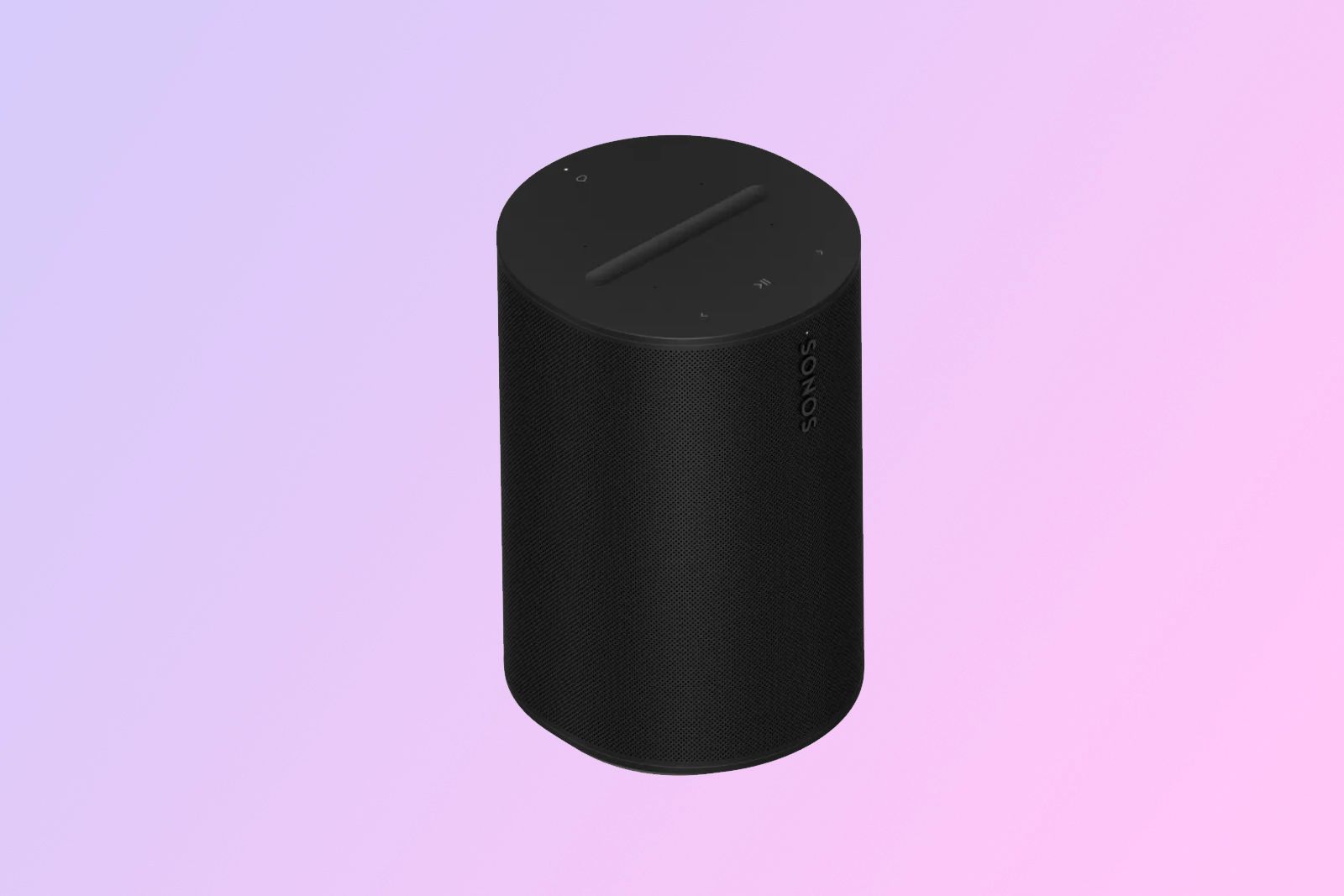
Sonos / Pocket-lint
Sonos Era 100
Our top choice
The Sonos Era 100 is a new era – pun entirely intended – for Sonos speakers. It takes the company’s excellent entry-level speaker and gives it a make-over, both internally and externally. There is so much to love about it.
The Era 100 is a fantastic starting point into the Sonos portfolio, and as long as aren’t specifically after a speaker you can take with you when you leave home, we would recommend it over the Roam in terms of sound performance and overall experience.
The Sonos Roam is a great two-in-one speaker though. It still sounds great, it’s cheaper than the Era 100 and it is lightweight and portable, allowing you to bring your music with you. You can’t pair it with another Roam to use it as surrounds, but it does have a choice of two smart assistants, plus Sonos Voice Control, and there’s the extra Sound Swap feature too, plus Google Assistant as an optional assistant.
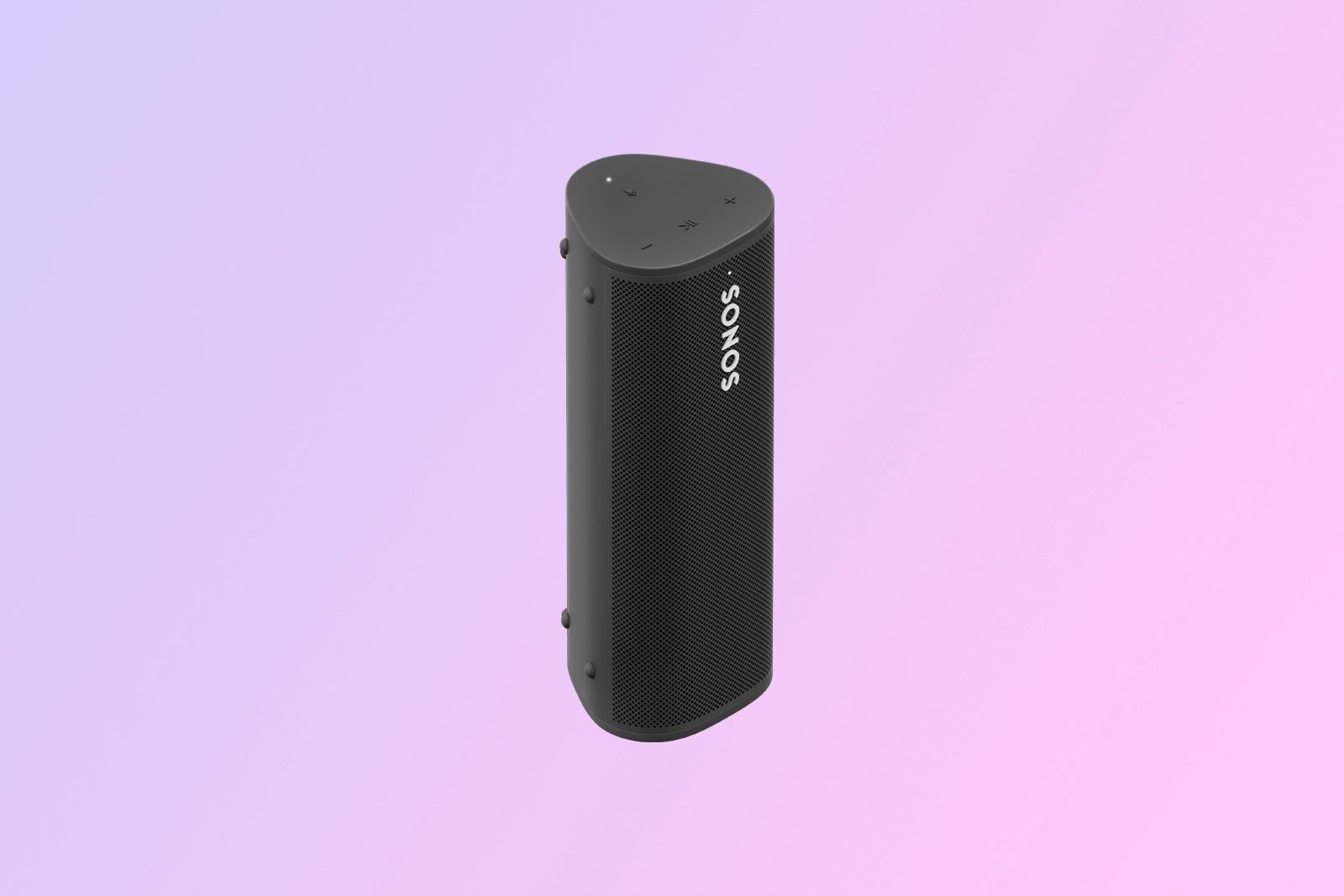
Sonos Roam
Buy for portability
For those already invested in Sonos, this portable speaker is an absolute no-brainer addition to the family. It delivers all the convenience of a Bluetooth speaker, with the benefits of adding it back into a wider Sonos system when you’re at home. All that, and it sounds fantastic too.
The Sonos Roam SL meanwhile, is the cheapest way to enter the Sonos system and it offers good sound performance like the Roam, as well as Bluetooth connectivity and portability. You do miss out on a couple of features compared to the Roam though so make sure you’re happy to lose those before you save yourself the $20/£20.
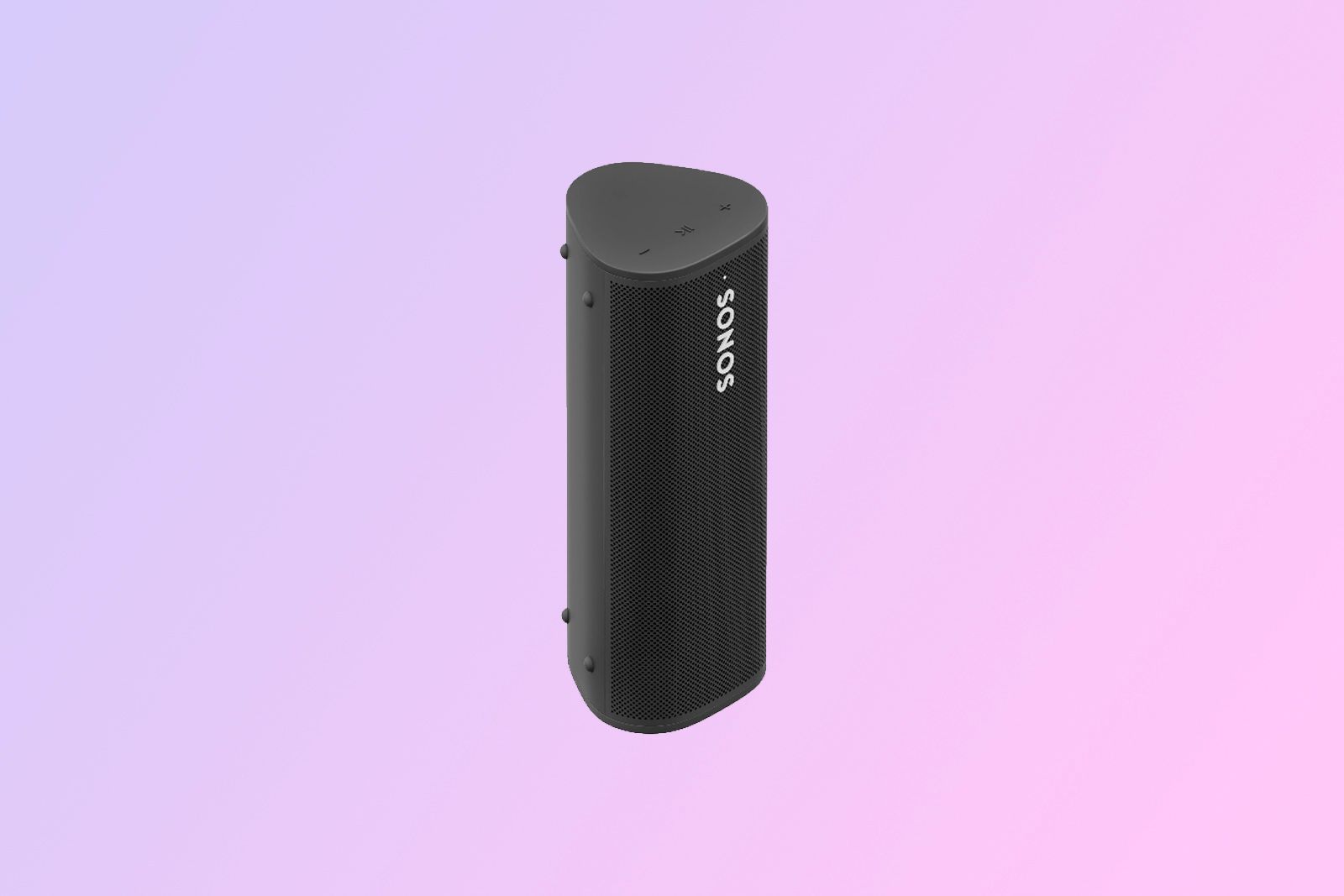
Sonos / Pocket-lint
Sonos Roam SL
Great value
The Sonos Roam SL has the same design and sound architecture as the Sonos Roam but it doesn’t have microphones, so it misses out on a couple of features. It is great value though and sounds brilliant for its small and portable size.
Trending Products

Cooler Master MasterBox Q300L Micro-ATX Tower with Magnetic Design Dust Filter, Transparent Acrylic Side Panel…

ASUS TUF Gaming GT301 ZAKU II Edition ATX mid-Tower Compact case with Tempered Glass Side Panel, Honeycomb Front Panel…

ASUS TUF Gaming GT501 Mid-Tower Computer Case for up to EATX Motherboards with USB 3.0 Front Panel Cases GT501/GRY/WITH…

be quiet! Pure Base 500DX Black, Mid Tower ATX case, ARGB, 3 pre-installed Pure Wings 2, BGW37, tempered glass window

ASUS ROG Strix Helios GX601 White Edition RGB Mid-Tower Computer Case for ATX/EATX Motherboards with tempered glass…


